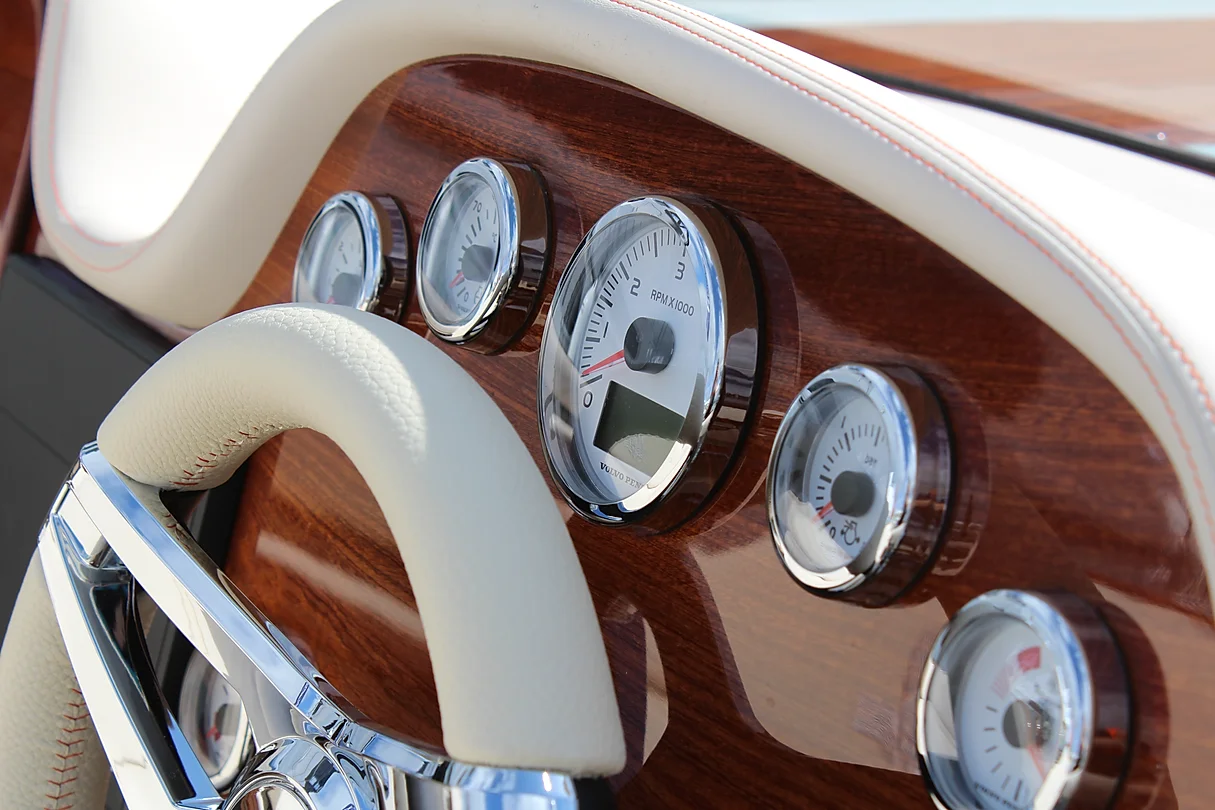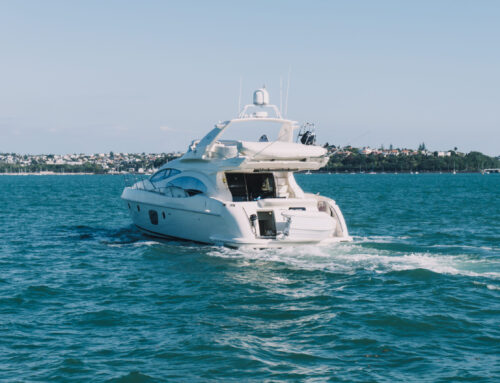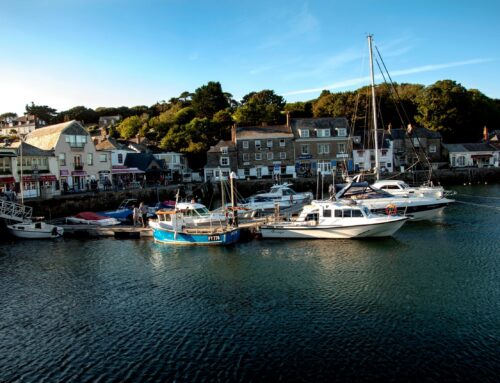Building a yacht that performs well and feels comfortable starts with the right materials. From the hull to the interior fixtures, every part plays a role in how the vessel handles on water and how it holds up over time. High-end yacht building materials like carbon fiber, marine-grade aluminum, and teak wood aren’t just chosen for looks, they offer real benefits like strength, weight savings, and durability. Understanding what these materials do helps explain why they’re used in top-tier builds. This article breaks down the most common choices and explains how each one contributes to both performance and long-term value.
Carbon Fiber
Carbon fiber plays a key role in modern yacht construction. Builders use it because it is strong and light. This material helps reduce the overall weight of the vessel without lowering its strength or stability. When yachts weigh less, they move faster and handle better on water.
One major benefit of carbon fiber is its ability to keep shape under pressure. Even when exposed to strong forces from waves or wind, it does not bend much. This allows for more precise control during high-speed travel or sharp turns. Reduced weight also means engines do not need to push as hard, which can lower fuel use over time.
Another reason builders choose carbon fiber is its resistance to rust and moisture damage. Unlike metal parts that may corrode, this material holds up well in marine environments. It requires less maintenance and fewer repairs across years of use.
Designers also value carbon fiber for how it looks. Its dark weave gives a clean surface that suits sleek hulls and decks. Many owners prefer this finish because it reflects modern design choices without extra paint or polish.
Using carbon fiber can increase build costs at first, but many see long-term savings through better performance and lower upkeep needs. Lighter vessels put less stress on engines and other systems, helping them last longer.
Among high-end yacht building materials, carbon fiber stands out due to these combined traits, durability, low weight, fuel savings, reduced wear on parts, and stable handling at sea all matter when choosing what goes into a luxury craft’s frame or superstructure.
This material often appears in masts, rudders, hulls, and even interior supports for added strength where needed most. Builders continue finding new ways to apply carbon fiber across various sections of yachts as demand grows for efficient yet strong designs that perform well under tough conditions while keeping overall mass low.

Teak Wood
Teak wood remains a common choice in yacht construction. Boat makers rely on it for its strength and natural resistance to harsh conditions. It holds up well against moisture, sun, and saltwater without needing much upkeep. This makes it practical for outdoor surfaces like decks, handrails, and trim.
Teak provides a surface that grips well underfoot. Even when wet, it reduces the chance of slipping. This helps improve safety onboard while also keeping maintenance simple. Unlike many other woods, teak does not need paint or heavy treatments to last over time.
Its grain is tight and even, which allows builders to shape it with precision. Craftspeople can fit it into complex layouts without gaps or weak points. The color of teak changes slowly as it ages, turning from golden brown to silver-grey over time if left untreated. Some owners choose to let this change happen naturally; others prefer oiling the surface to preserve the original tone.
Many builders continue using teak because of how well it performs under pressure from both use and weather exposure. It adds value by combining long-term strength with a clean appearance that fits most styles of design.
As one of the high-end yacht building materials, teak offers lasting results without sacrificing function for looks. Its proven track record in marine settings supports its use across both new builds and refits alike.
Suppliers often source teak carefully due to limited availability in some regions. Responsible harvesting practices help ensure supply continues without damaging forests long-term. For those prioritising durability along with visual appeal, teak remains a reliable option in modern boat construction today.
Titanium Fixtures
Titanium is now a common choice for yacht fittings and hardware. It stands out because of its resistance to rust, even in saltwater. This metal does not wear down quickly, which makes it useful for long-term use at sea. On high-end vessels, it is often used for fasteners, cleats, hinges, and brackets.
Unlike steel or brass, titanium does not need frequent upkeep. Owners do not have to polish or replace parts often. This saves time and reduces service costs over the years. Its strength helps parts last longer without bending or breaking under stress.
Another reason builders choose titanium is its low weight. Lighter materials reduce the overall load on the boat. Lower weight can help improve fuel use and handling while cruising or docking. Crews also find lighter fixtures easier to install and remove when needed.
Because of these traits, titanium supports both function and performance on board. It works well in both visible areas like deck fittings and hidden spots like engine room bolts. Builders who focus on quality rely on this metal for parts that must endure heavy strain.
Titanium stays stable across wide temperature changes too. Whether exposed to strong sun or cold water, it holds its shape without expanding too much or becoming brittle over time.
Among all top yacht building materials, titanium stands out as one of the most durable options available today. Its ability to handle moisture, heat, pressure, and daily wear gives designers more freedom when planning layout and structure choices without worrying about early part failure.

High-End Yacht Building Materials That Combine Style with Performance
Builders use a range of materials to create yachts that look good and perform well. These choices impact how the vessel moves, how much it weighs, and how long it lasts. They also affect how easy it is to maintain the yacht after years on the water.
Carbon fiber is one material often used in high-performance builds. It weighs less than many other options but stays strong under pressure. This helps reduce fuel use while allowing faster speeds. Builders choose carbon fiber for hulls, decks, and even masts because it supports better handling without adding bulk.
Aluminum is another common choice for those seeking both function and design flexibility. It resists corrosion and can be shaped into detailed forms with fewer seams. This makes it useful for sleek lines or custom shapes that owners may request. Though not as light as carbon fiber, aluminum still offers a solid balance between durability and weight.
Some builders turn to titanium in specific areas like fittings or fasteners. While more expensive than steel or brass, titanium holds up better in saltwater environments and requires less upkeep over time.
Fiberglass remains a base material in many mid-range models but has also found its way into luxury builds when layered with advanced resins or combined with other components like Kevlar. These blends allow designers to keep costs reasonable while still improving strength and stability.
High-end yacht building materials bring together precision engineering with practical benefits on the water. Owners get vessels that move efficiently while offering surfaces that stay smooth through repeated exposure to wind, spray, and sun.
Each material plays a role depending on where it’s used onboard, from hulls built for speed to interiors designed for comfort without extra weight. Choices depend on what matters most: lower maintenance needs, improved fuel economy, smoother rides, or longer service life at sea.
Where Craftsmanship Meets Cutting-Edge Innovation
As yacht design continues to evolve, the choice of materials plays a pivotal role in shaping both aesthetics and performance. High-end yacht building materials like carbon fiber offer unmatched strength-to-weight ratios, while teak wood brings timeless elegance and durability. Titanium fixtures add corrosion resistance and sleek modern appeal, blending form with function. Together, these elements reflect a commitment to quality that goes beyond luxury, it’s about creating vessels that perform exceptionally on the water while standing the test of time. For those seeking excellence at sea, investing in high-end yacht building materials is not just a choice, it’s a standard.



